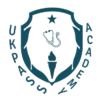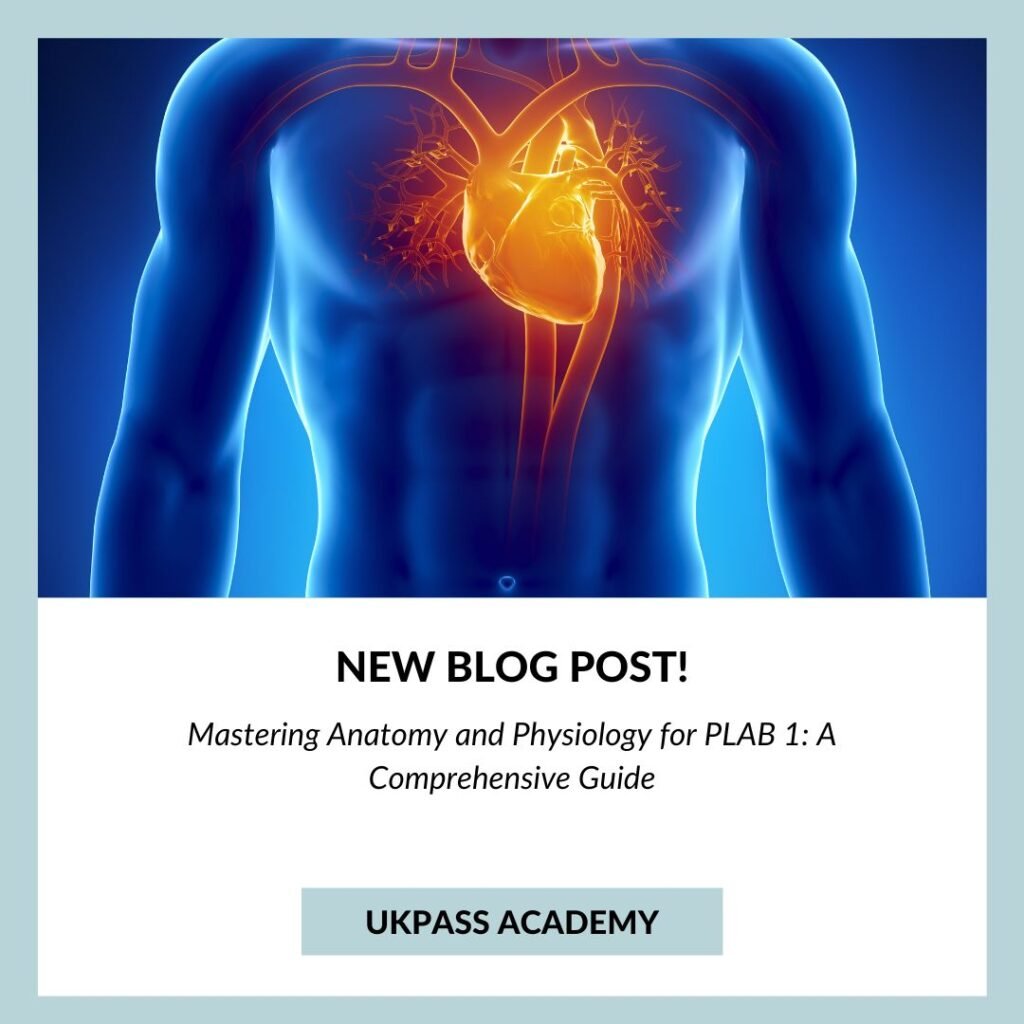If you’re preparing for the PLAB 1 exam, mastering anatomy and physiology is crucial. These subjects form the foundation of medical knowledge. Developing a solid understanding will help you excel in the exam and beyond.
Why Anatomy and Physiology Matter for PLAB 1
The PLAB 1 course tests your knowledge of basic medical sciences. Anatomy and physiology play a significant role in this assessment. Questions on these subjects make up a substantial portion of the exam.
Anatomy deals with the structure of the human body. It covers the details of organs, tissues, and systems. Physiology, on the other hand, focuses on how these structures function. Understanding both subjects is essential for grasping disease processes and clinical scenarios.
Creative Mnemonics and Memory Techniques
Anatomy and physiology involve memorizing a vast amount of information. Using creative mnemonics and memory techniques can make this task more manageable. Mnemonics are memory aids that help you associate information with something more memorable.
For example, the mnemonic “On Old Olympus’ Towering Tops, A Fin And German Viewed Some Hops” can help you remember the cranial nerves’ order. Each word’s first letter corresponds to a nerve’s name.
Visual associations and mind maps are also powerful memory tools. Linking information to images or creating diagrams can aid recall. Additionally, spaced repetition and active recall through practice questions solidify your knowledge.
Integrating Clinical Correlations
While memorization is essential, it’s equally important to understand how anatomy and physiology relate to clinical scenarios. Integrating clinical correlations into your studies can help you apply your knowledge more effectively.
For instance, when studying the cardiovascular system, consider how specific conditions like heart failure or arrhythmias manifest. Understand the underlying anatomical and physiological changes that lead to these disorders.
Case studies and clinical vignettes are excellent resources for bridging the gap between theory and practice. Analyze these scenarios, identify the relevant anatomical and physiological principles, and formulate a logical explanation.
Tips for Mastering Anatomy and Physiology
1. Start Early: These subjects require significant time and effort. Begin your preparation well in advance to avoid feeling overwhelmed.
2. Use High-Quality Resources: Invest in reputable textbooks, online resources, and supplementary materials specifically tailored for the PLAB 1 course.
3. Practice, Practice, Practice: Regularly test your knowledge through practice questions, quizzes, and mock exams. Identify your weaknesses and focus on improving them.
4. Seek Help When Needed: Don’t hesitate to reach out to experienced instructors, mentors, or study groups for guidance and clarification.
5. Stay Organized: Develop a structured study plan and use effective note-taking techniques to keep your knowledge organized and easily accessible.
6. Take Breaks and Prioritize Self-Care: Studying for extended periods can lead to burnout. Take breaks, engage in physical activity, and maintain a healthy lifestyle to stay focused and motivated.
Mastering anatomy and physiology is a challenging but rewarding journey. By employing creative mnemonics, integrating clinical correlations, and following effective study strategies, you can build a strong foundation for success in the PLAB 1 course and your future medical career.

